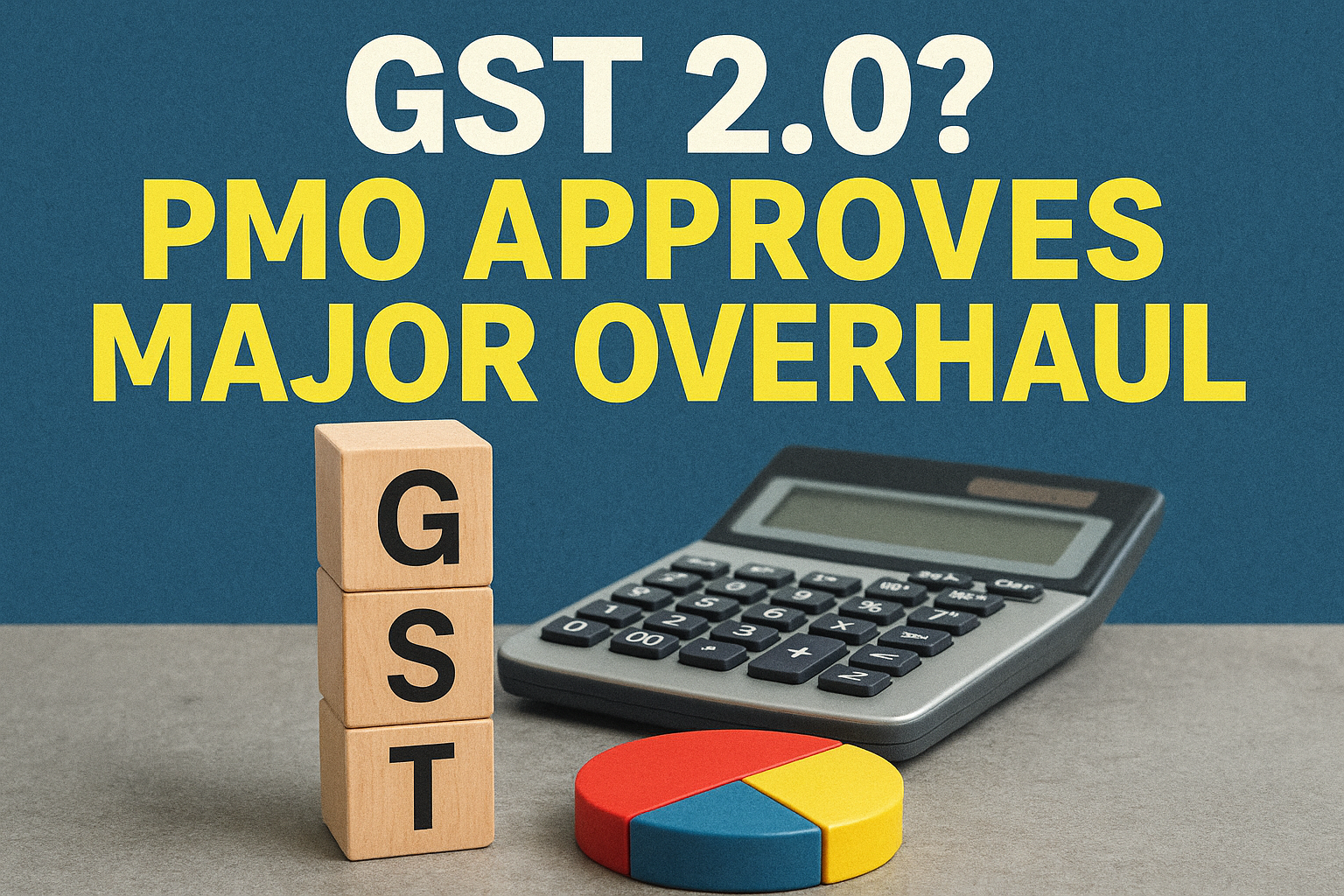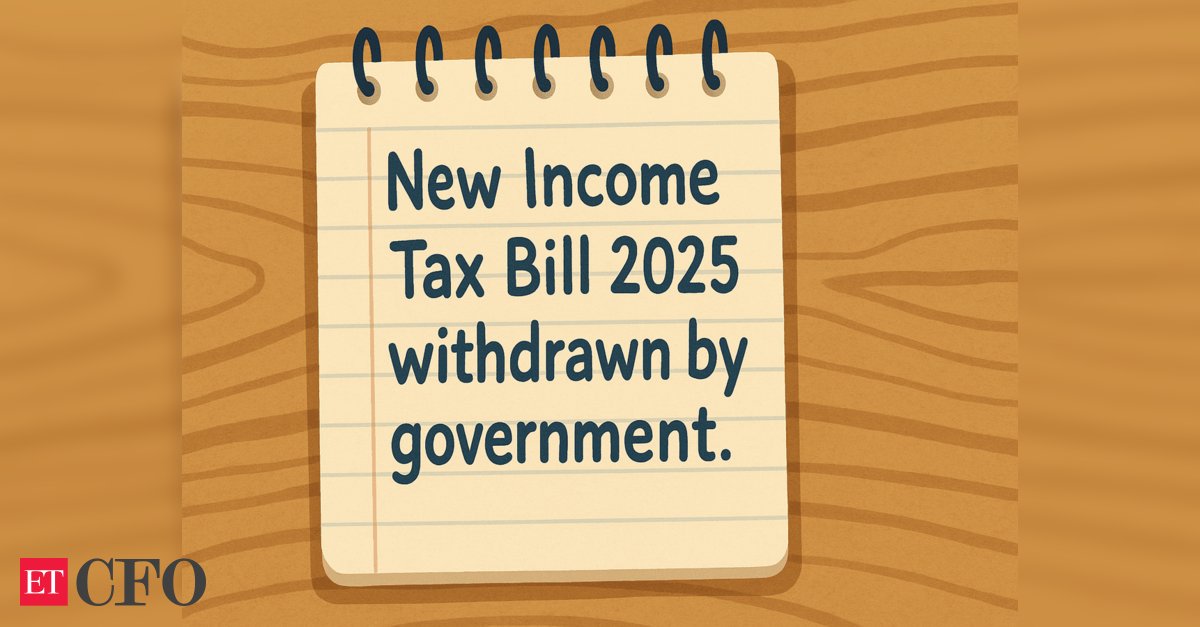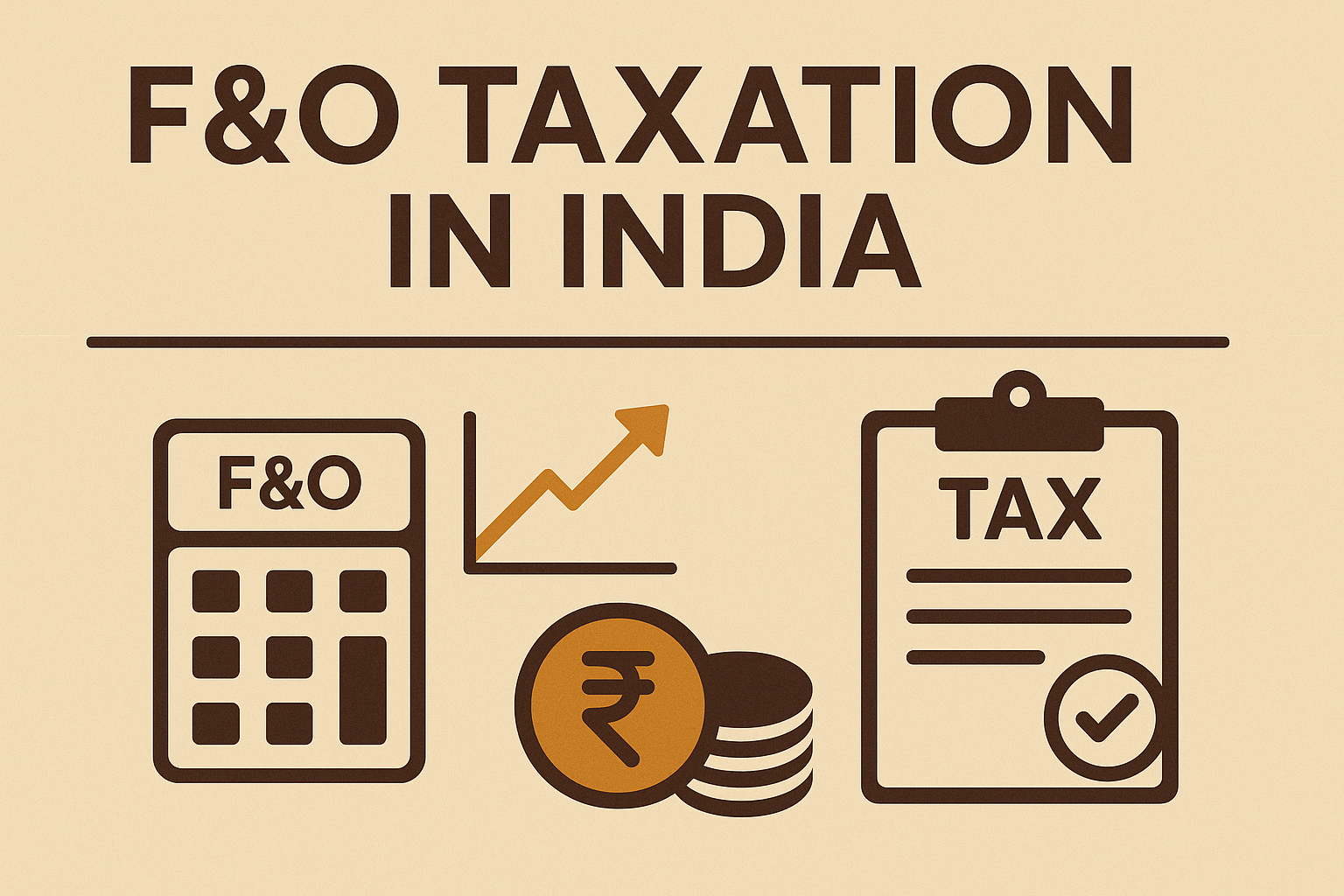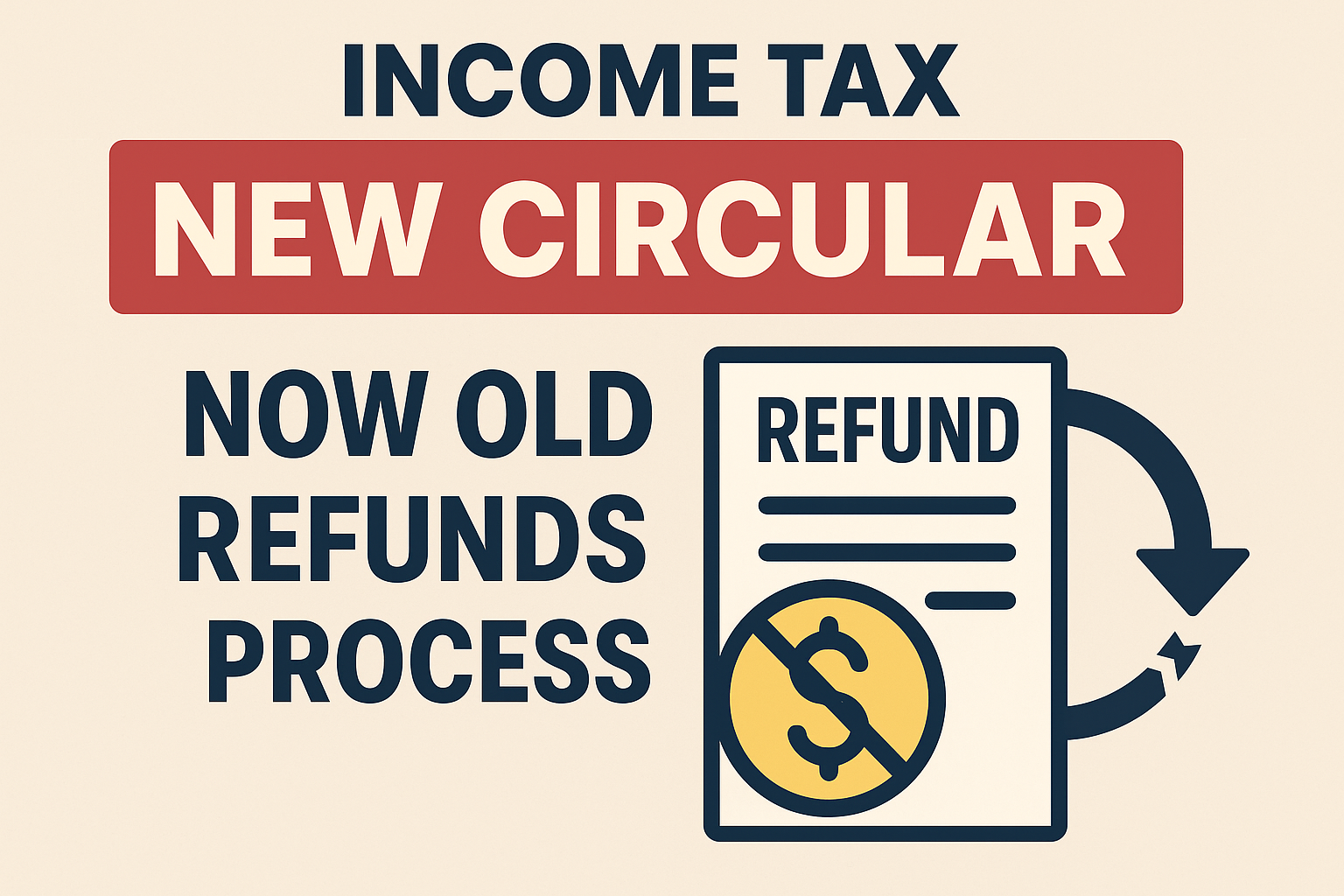✅ What’s the Big Picture?
The Prime Minister’s Office (PMO) has given in-principle approval for a significant overhaul of India’s Goods and Services Tax (GST) regime. This marks the first major restructuring since GST was rolled out in 2017. The revamp focuses on simplifying tax slabs, reducing procedural burdens, and boosting overall compliance.
📊 Proposed Rate-Slab Rationalisation
Current Structure:
GST currently has multiple slabs—0%, 0.25%, 3%, 5%, 12%, 18%, and 28%.
Proposed Change:
The government is considering eliminating the 12% slab entirely. Goods and services falling under this category may be shifted to either 5% or 18%.
Why It Matters:
- Reduces confusion around classification.
- Simplifies billing and accounting.
- Makes tax compliance easier for businesses.
- May lead to more consistent revenue collection for the government.
🧩 Simplification of Compliance
The GST revamp also includes procedural and compliance-related reforms. These are aimed at easing return filing requirements, simplifying documentation, and reducing red tape, especially for MSMEs and small taxpayers.
A ministerial group is working on these reforms, and consultation with various ministries and stakeholders is ongoing to fine-tune the proposed changes.
🏛️ Role of the GST Council
The GST Council will play a central role in approving and implementing these changes. A formal proposal is expected to be tabled during the next GST Council meeting, likely to be held after the monsoon session of Parliament in August.
Council’s Agenda Includes:
- Approval to eliminate the 12% slab.
- Reassignment of items to 5% or 18%.
- Decision on the future of the GST compensation cess.
- Finalisation of compliance reforms.
The Finance Ministry is in talks with state governments to build a consensus before presenting the reforms to the Council.
📌 Context & Timing
The reforms come at a time when India’s macroeconomic fundamentals are strong. Policymakers believe it is the right time to streamline the tax structure further.
As India expands global trade partnerships, a simplified GST will help improve competitiveness of domestic industries.
There is also strong demand from industry bodies and even political stakeholders to rationalise slabs and simplify processes.
🔍 What to Expect Next
| Area of Focus | Expected Development |
|---|---|
| GST Council Meeting | Likely post-monsoon session (August) |
| Rate Rationalisation | Final decision on scrapping 12% slab |
| Cess Fund Utilisation | Reassessment of surplus utilisation |
| Compliance Procedures | Streamlining return filing and invoicing |
| Implementation | Phased rollout post-Council approval |
🧠 Impact Analysis
- For Consumers: Possible changes in the prices of goods and services based on slab reclassification.
- For Businesses: Simpler tax rates, fewer disputes on classification, and reduced compliance burden.
- For the Economy: Improved revenue efficiency, better compliance, and enhanced investor confidence.
⏳ Conclusion
The PMO’s nod to restructure GST signals a major policy shift. If approved by the GST Council, this could mark a new phase in India’s indirect tax regime—more streamlined, business-friendly, and efficient. All eyes are now on the August GST Council meeting, which may shape the future of taxation in India.
Visit www.cagurujiclasses.com for practical courses











